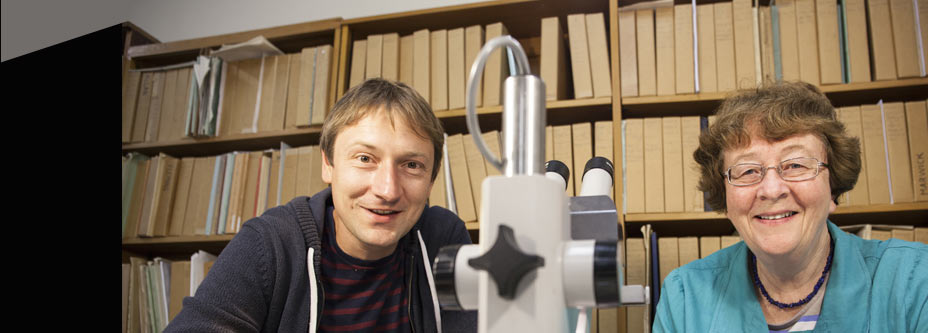
Amber secrets
Dozens of new species of insects, spiders and nematodes (roundworms) have been discovered beautifully preserved inside blocks of New Zealand amber.
Associate Professor Daphne Lee and postdoctoral fellow Dr Uwe Kaulfuss (Department of Geology) have found the fossils inside amber (kauri resin) unearthed in lignite mines in Otago and Southland.
Kaulfuss explains that, sadly for the subjects, but fortunately for science, the tiny animals would have become stuck to and then encased in resin oozing out of ancient kauri trees that once grew in the south.
The oldest animals identified to date are 25 million years old, but the researchers hope to discover further new species in amber that has been buried for up to 70 million years.
It's the first time that animal fossils have been revealed inside amber in New Zealand; the only other similar discovery in the Southern Hemisphere has been at Cape York Peninsula in Australia.
“It's a fossilised treasure trove,” Lee enthuses. “We are getting information that we couldn't possibly get from any other source and it is immensely important in terms of understanding New Zealand's past biodiversity.”
The work is being undertaken in conjunction with Alexander Schmidt of the Amber Research Group at the University of Goettingen, in Germany. It is part of a wider Marsden Fund project led by Lee and Dr Dallas Mildenhall from GNS Science that has previously found numerous new species of fossil plants and animals in southern lake, swamp and river deposits dating back 23 million years.
Photo: Graham Warman